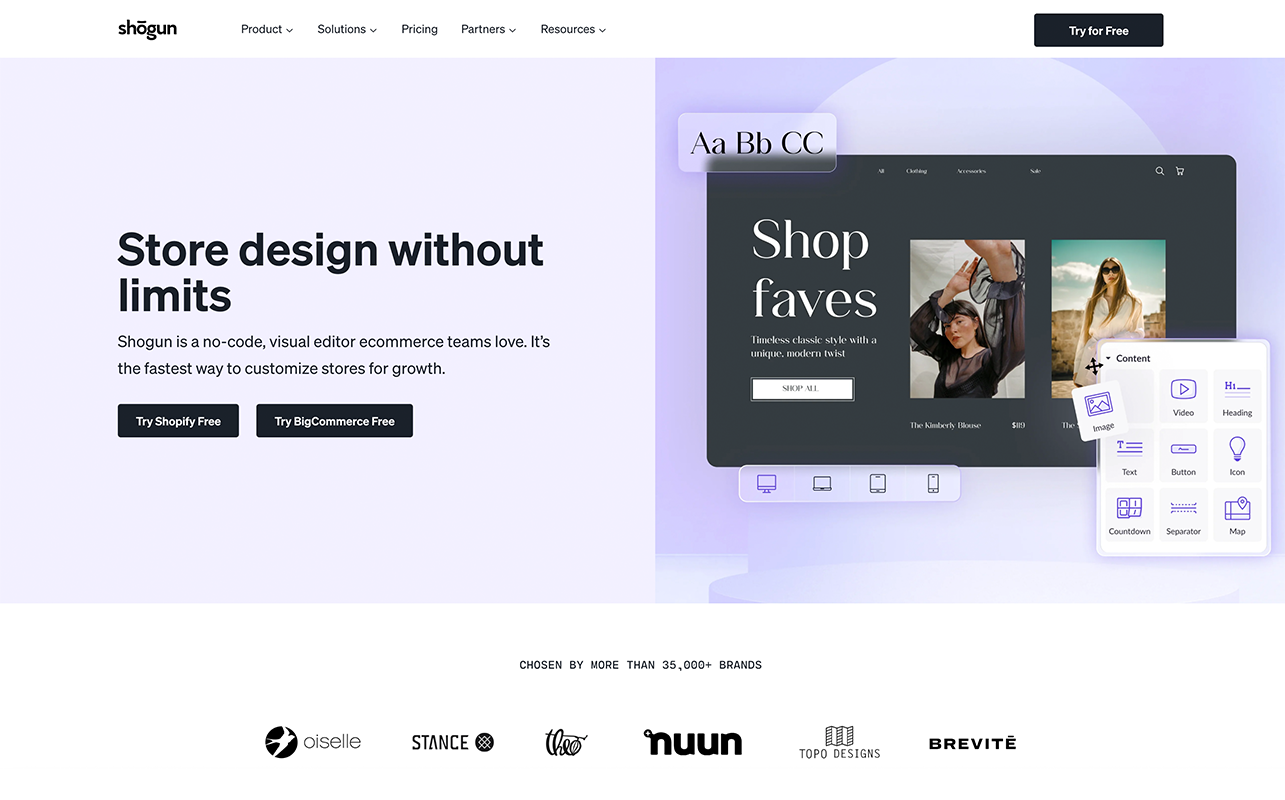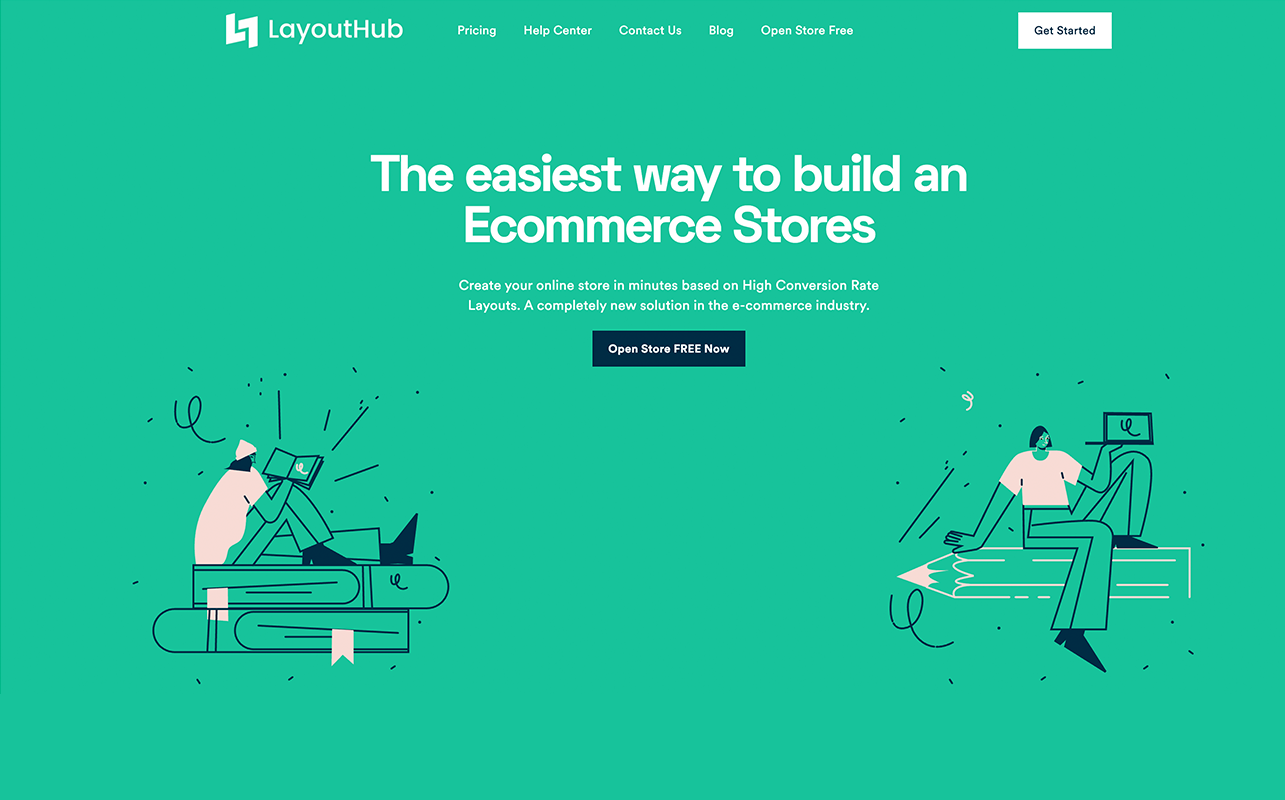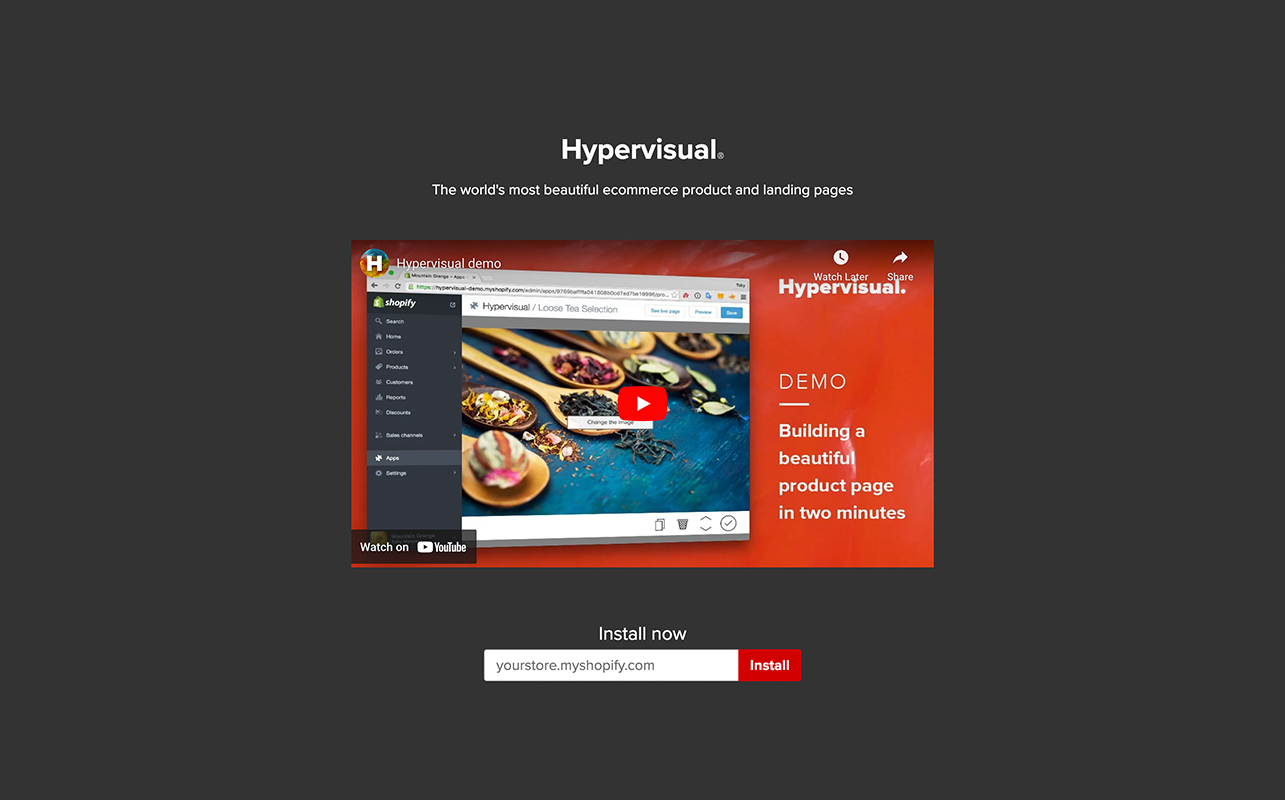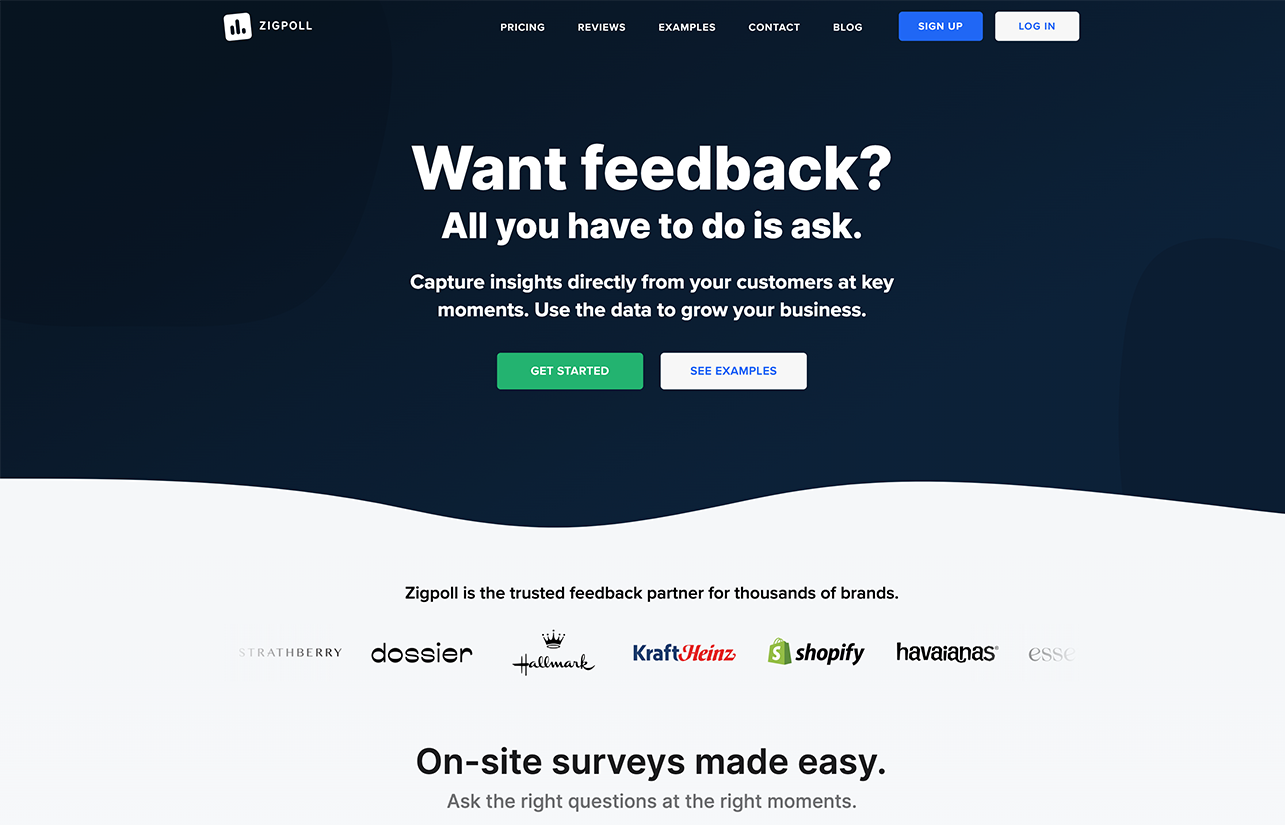As the e-commerce landscape constantly evolves, entrepreneurs seek more efficient ways to design, develop, and optimize their online stores. With Shopify, one of the biggest platforms for online businesses, a strong emphasis has been placed on the aesthetics and usability of the store. If you're an entrepreneur, chances are, you're constantly looking for ways to set your storefront apart. And the answer might just lie in no-code and low-code page builders.
With the advancement in technology, gone are the days when you'd need a developer for every small change on your website. Today, drag-and-drop visual page builders have become the go-to solution for entrepreneurs looking to customize their Shopify stores without the need for extensive coding. These platforms not only offer flexibility in design but also save a considerable amount of time and resources.
For those venturing into the realm of visual page builders, the choices can be overwhelming. We've taken the liberty to review some of the most popular no-code and low-code alternatives in the market for Shopify.
1. GemPages

GemPages boasts a flexible drag-and-drop page builder that offers a plethora of design options for Shopify entrepreneurs. With its user-friendly interface, even those with no design background can craft stunning pages. It offers:
- Pre-made templates suitable for various niches.
- Mobile-responsive designs ensuring a smooth browsing experience.
- Integration capabilities with popular apps to extend functionality.
2. PageFly

Next on the list is PageFly. Known for its intuitive design capabilities, PageFly is another strong contender in the Shopify page builder market. Some of its standout features include:
- Over 50 customizable templates catering to different industries.
- Element library containing more than 40 components.
- Real-time performance analytics to help you optimize your store's performance.
3. Shogun

Shogun is not just a page builder; it's a comprehensive platform that integrates seamlessly with Shopify. It has garnered popularity for its robust features and flexibility. Here's what you can expect:
- Drag-and-drop functionality with over 30 customizable elements.
- A/B testing capabilities to help optimize conversion rates.
- Fast-loading pages, which is a boon for SEO.
4. LayoutHub

LayoutHub is another worthy contender. It simplifies the page-building experience, especially for those who might not have a design bone in their body.
- Variety of templates covering homepages to product pages.
- Easy integration with popular Shopify apps.
- Frequent updates to keep up with design trends.
5. Hypervisual

Hypervisual offers a seamless building experience with a focus on visuals:
- Rich media integrations for enhanced product displays.
- Easy-to-use interface for swift customization.
- Designed to improve conversions with optimized landing and product pages.
6. Zigpoll

Zigpoll stands out with its unique approach, blending feedback tools with customization:
- Collect feedback directly through customizable polls and surveys.
- Integration-friendly, ensuring seamless functionality across the store.
- Designed for boosting engagement and understanding customer preferences better.
Conclusion
Each of these platforms offers unique features and capabilities, so it's essential to identify your specific requirements and then select the most suitable one.
In conclusion, as the e-commerce ecosystem gets more competitive, having an edge with a visually appealing and optimized storefront is crucial. No-code and low-code page builders offer the flexibility and tools to ensure your Shopify store stands out. Dive into the world of drag-and-drop visual page builders and give your store the upgrade it deserves.











